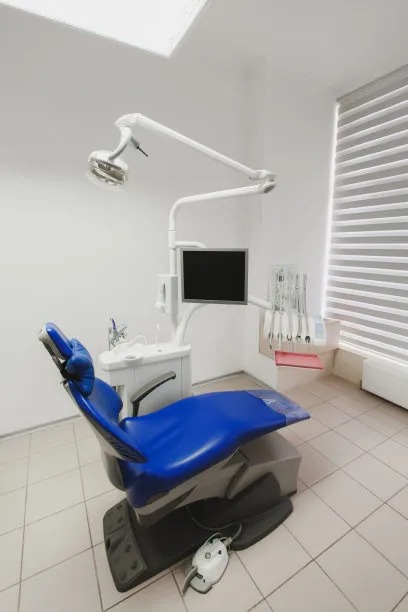Essential Tips and Precautions to Consider Before and After Dental Filling Procedures
Summary: Dental filling procedures are essential for restoring damaged teeth, but they require careful planning and aftercare. This article discusses essential tips and precautions to consider both before and after your dental filling appointment. It highlights the importance of communication with your dentist, understanding the different types of fillings, preparing for your procedure, and following post-treatment recommendations. By adhering to these guidelines, patients can ensure the best outcomes from their dental treatments while minimizing discomfort and complications.
1. Importance of Communication with Your Dentist

Clear and open communication with your dentist is crucial before undergoing a dental filling procedure. Discussing your medical history, current medication, and any allergies can help your dentist provide personalized care. Inform your dentist about any past dental experiences or anxieties that may influence your comfort during the procedure.
Additionally, ask questions regarding the type of filling materials available. Dentists typically offer various options, including amalgam, composite resin, and porcelain. Understanding the benefits and drawbacks of each material can help you make an informed decision about what is best for your situation.
Finally, communicate your expectations regarding pain management. Your dentist will want to ensure you are as comfortable as possible. By clearly expressing your concerns, you can work together to establish a plan that meets your comfort and treatment needs.
2. Understanding Different Types of Fillings
There are several types of dental fillings, each offering unique advantages. Amalgam fillings are a long-lasting option often used for back teeth due to their durability. They are made from a mixture of metals and are known for withstanding significant chewing pressure.
On the other hand, composite resin fillings are tooth-colored, offering a more aesthetic solution for visible teeth. They can be easily shaped to match the natural contours of your teeth, but may not be as durable as amalgam.
Porcelain fillings are another excellent option, acting similarly to composite resin but with superior color-matching capabilities and a slight advantage in wear resistance. However, they often require more than one dental visit and can be more expensive than other types of fillings.
3. Preparing for Your Dental Filling Procedure
Proper preparation is essential to ensure a smooth dental filling procedure. One of the first steps is to schedule an appointment when you have ample time for recovery. Avoid scheduling the procedure during a busy period in your life, as stress can hinder the healing process.
Eat a light meal before your appointment, but avoid consuming food that will leave residue on your teeth. This will make it easier for your dentist to work during the filling procedure and minimize any discomfort.
Consider arranging transportation to and from your appointment. While many dental filling procedures are quick, local anesthesia may be used, impairing your ability to drive. Making plans in advance will help eliminate any stress associated with post-treatment travel.
4. Post-Treatment Care and Recovery Tips
After dental fillings, its essential to follow specific care instructions to ensure optimal healing. One common recommendation is to avoid eating or drinking for at least two hours following the procedure. This allows the filling to set properly and minimizes the risk of dislodging it.
In the initial days following your filling, it鈥檚 normal to experience minor pain or sensitivity. Over-the-counter pain relievers can effectively manage discomfort, but consult your dentist if the pain persists beyond a few days or worsens.
Regular follow-up appointments are also vital in ensuring the success of your dental filling. Your dentist will monitor the filling and assess any potential complications. Adhering to routine dental check-ups can help detect issues before they escalate.
Summary:
In conclusion, preparing for and following through with dental filling procedures involves thorough communication and understanding of the treatments available. Patients should actively engage with their dentist and adhere to preparation and aftercare recommendations. By doing so, they can enjoy a successful outcome and maintain their oral health.
This article is compiled by Vickong Dental and the content is for reference only.



